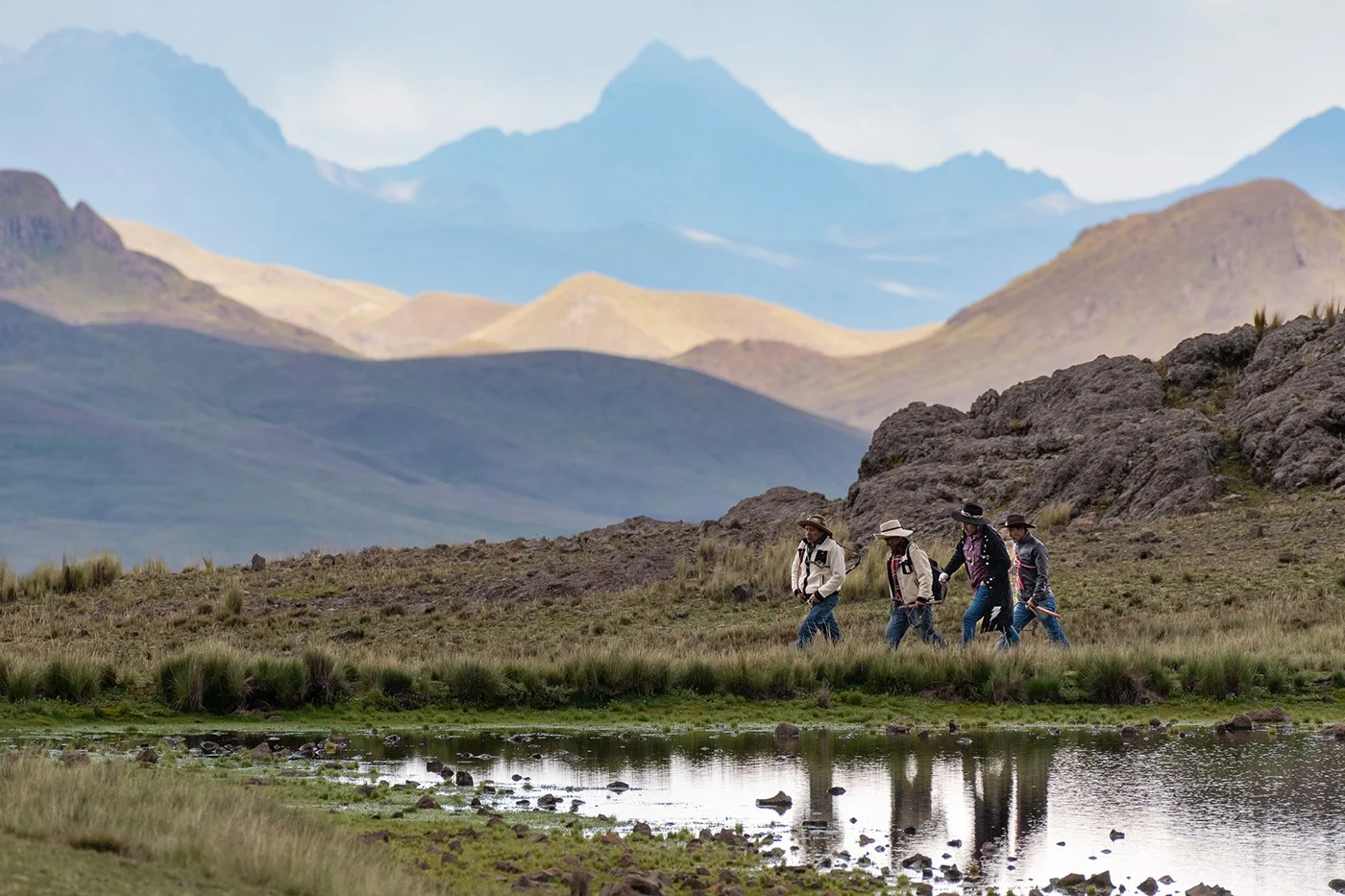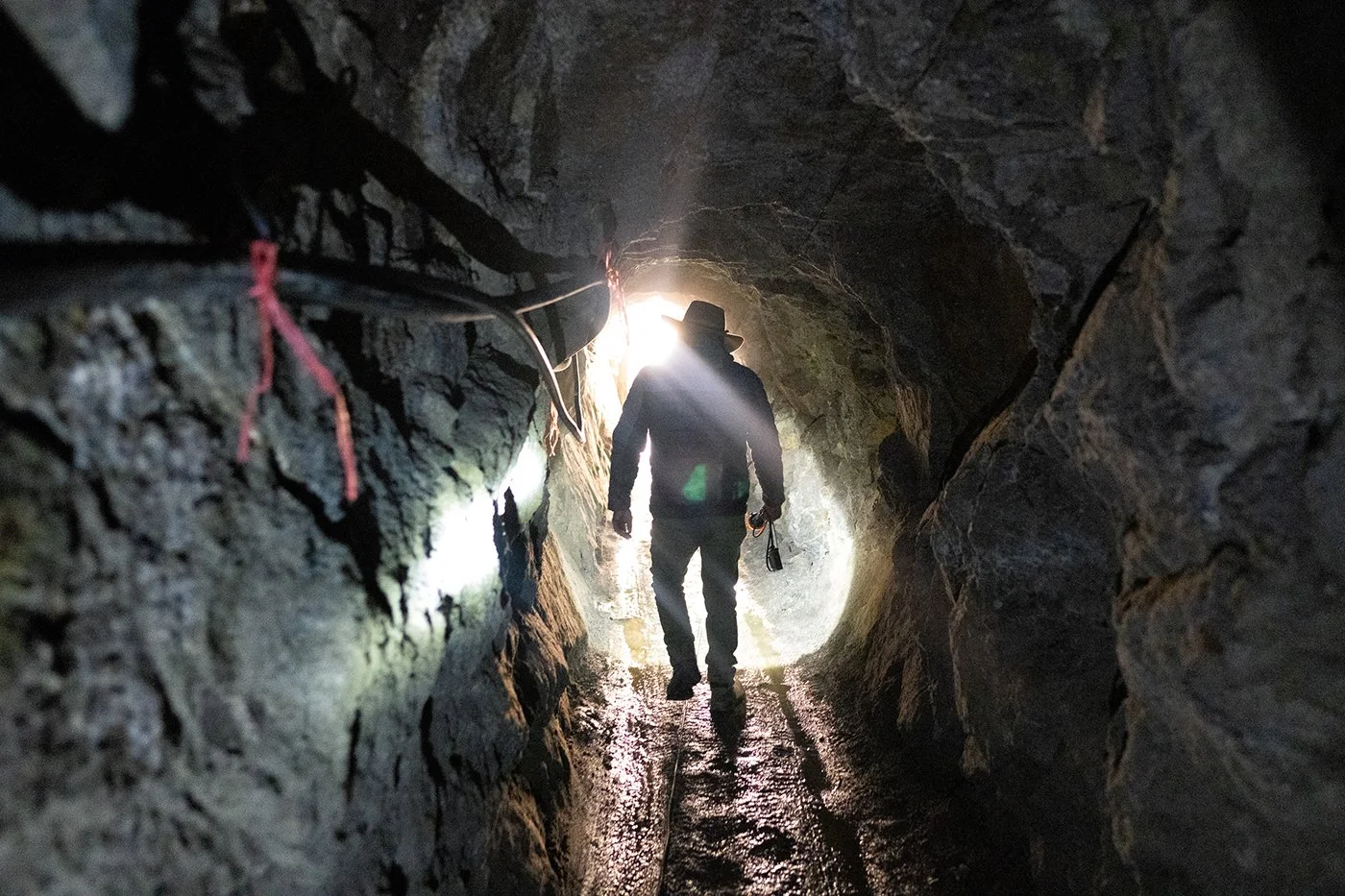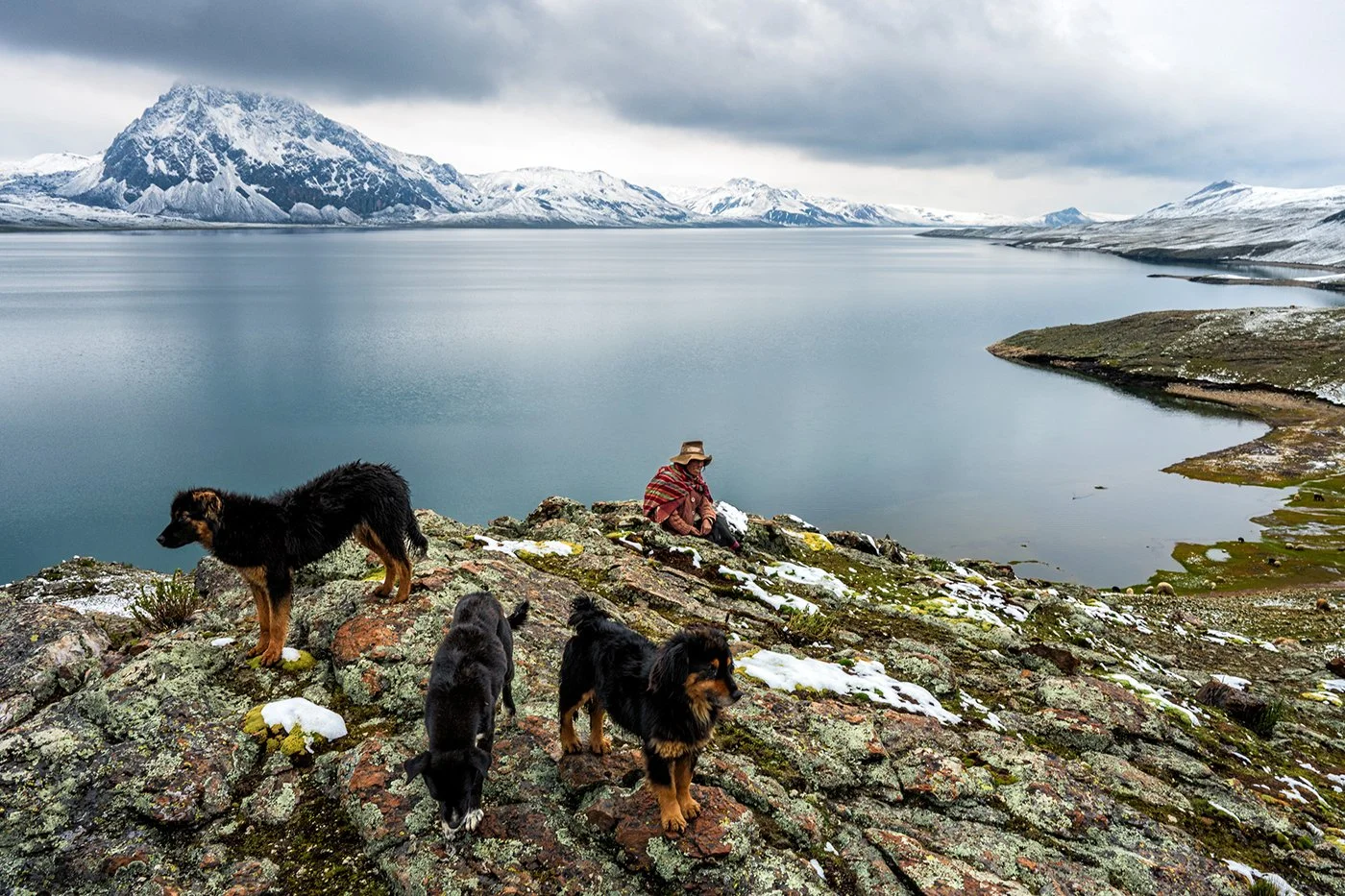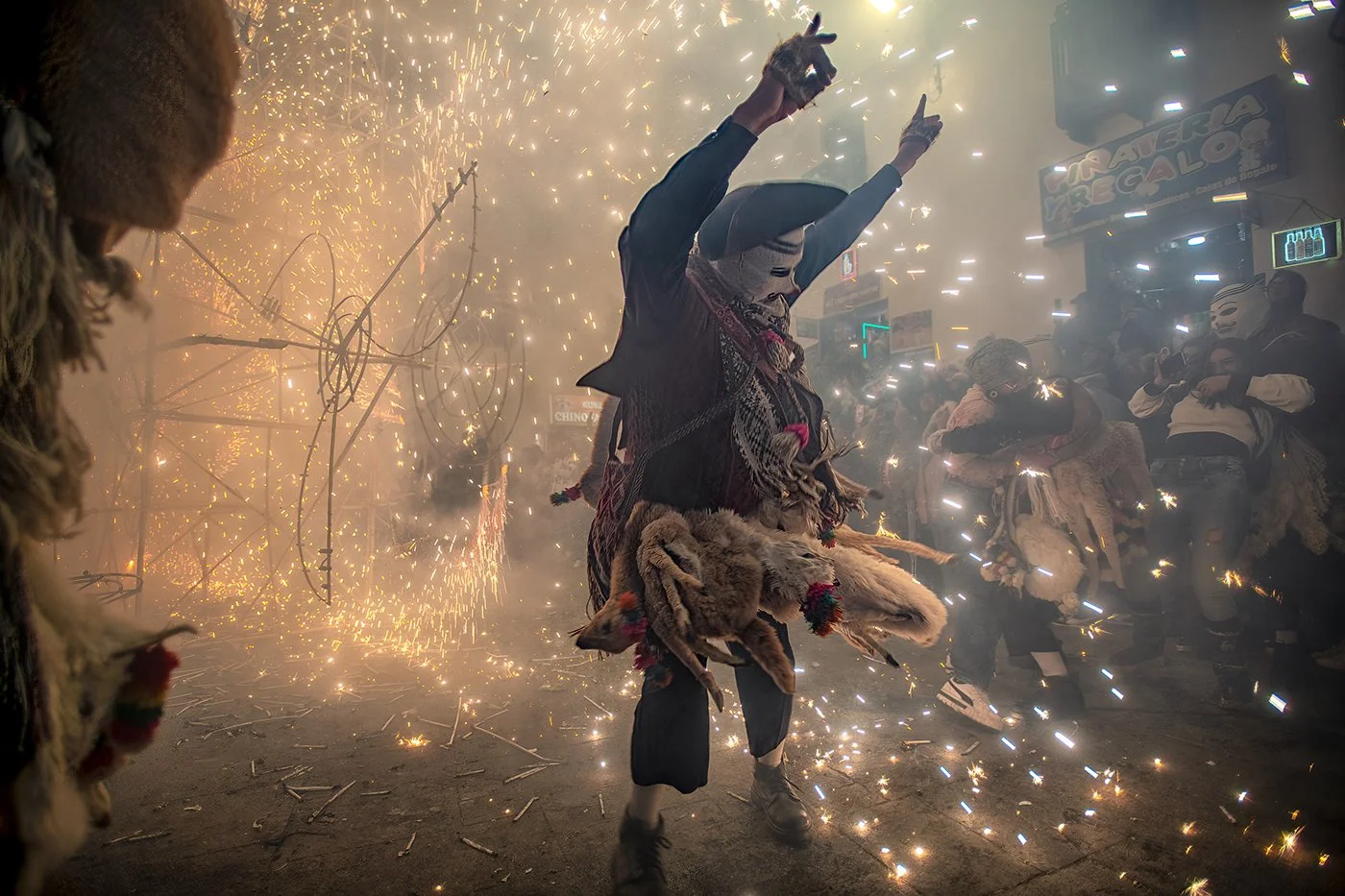




-
A procession of Indigenous villagers from Peru's Andes Mountains gathers to celebrate Qoyllur Rit’i, the Festival of the Snow Star, coinciding with the Pleiades constellation's reappearance in the southern sky. Thousands of Andean people undertake a challenging pilgrimage to an altitude of nearly 16,400 feet to honor the sacred mountain spirits, Apus, the Sinakara Glacier, and the harvest season.
Ukukus (the half-man, half-bear guardians of Andean culture and tradition) haul heavy, wooden crosses up to the glaciers they protect. Others dressed like black-and-white birds oversee the festivities from the clifftops. They represent the Andean condor—the symbol of the Quechua people, still fighting for their freedom under Spanish reign.
Qoyllur Rit’i is a syncretic event: Catholic imagery and national flags intermix with traditional tassels, feathers, and flutes that intertwine in a three-day trance. It’s an example of Indigenous survival and adaptation—resistance and coexistence—through 500 years of colonization.
This struggle is expressed in Yawar (“Blood”) Fiesta, a rodeo-like tradition which culminated with a live death match (now banned) between a condor and a bull: that symbol of the Andean people strapped to the back of their Spanish rulers.
Today, the Quechua culture remains vibrant but faces risks to traditions like Yawar and a decline in the Quechua language, which once unified the Inca Empire. Globalization, climate change, and capitalist resource demands present unprecedented challenges to the Quechua people's culture and lifestyle.
The Andean festivities celebrate the rich history of its people through vibrant dance and tell their story. Traditional battles showcase their strength and resilience. They also serve as sacrifices to Pachamama—The Earth Mother. In the Andean worldview, life is rooted in Ayni—reciprocity—where offerings are essential for all that has been given, sometimes requiring blood.
This worldview is often at odds with the western culture of the ruling class and often results in conflict which has escalated in recent years as the people fight back against corruption, racism, and exploitation.
This is a story of ferocity and beauty, clashes and coexistence, and an indomitable spirit that has the power to protect people and culture, as well as the land that gives life to both. The Quechua, like many Indigenous peoples around the globe, are fighting to reclaim their rightful place in this world at this crucial moment in history. The Quechua want their presence and significance recognized—Presente! -
Archival Inkjet Prints
